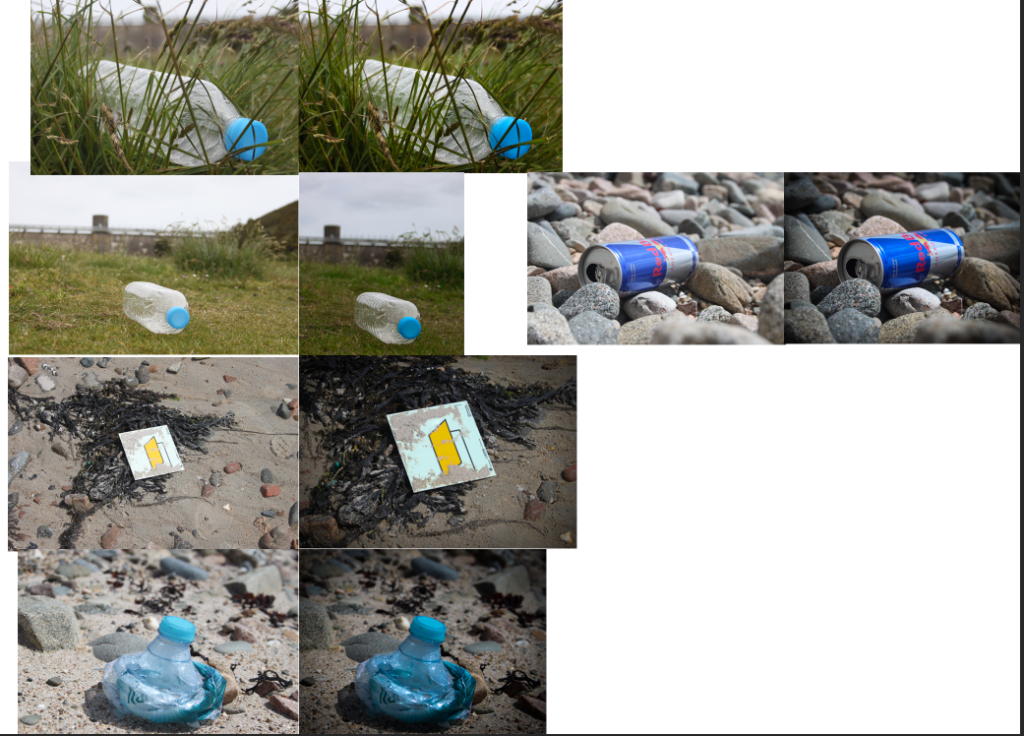For this project on identity and community I want to explore mental health and how it is a part of my identity. It matters to me because mental health has brought me together with my friends and family but has also been the reason to lose family and friends. With my project I want to explore anxiety, depression, bulimia and borderline personality disorder. I want to explore Francesca Woodman’s and Edward Honaker’s work as their work focuses on mental health which I Found would be a good fit for my project. With past projects I used a slow shutter speed which I found very interesting to explore which can be seen in both Francesca Woodman’s and Edward Honaker’s work.
Borderline personality disorder (BPD) is a disorder which effects how the persons mood and interaction with others. Symptoms of this are: emotional instability, disturbed patterns of thinking or perception, impulsive behaviour and intense but unstable relationships with others. Most conditions of BPD result from a combination of genetic and environmental factors. Bulimia is an eating disorder with episodes of binge eating and self-induced vomiting. Anxiety is a feeling of unease such as worry or fear these can range from mild to severe. Lastly depression is low mood which can last for weeks or months which can effect daily life.
With these mental health disorders I want to show in my work as I find they have become part of my life with myself, family and friends experiencing these. I want to use that for my photobook showing the progress of these mental health disorders showing how they can get better but suddenly drop back to struggling again. In the book I want to start with a bold photo stating the mental health disorders as these thing can suddenly happen after a traumatic situation which can lead to years of struggle.











